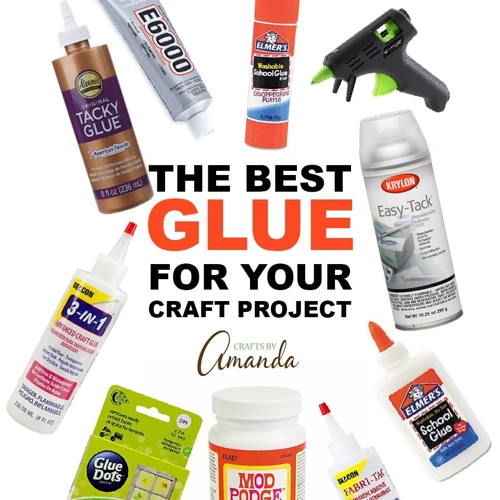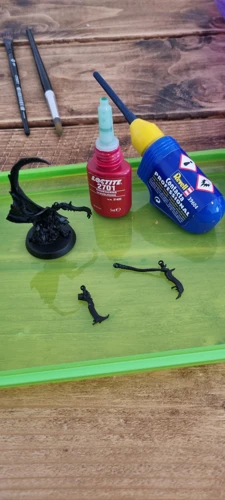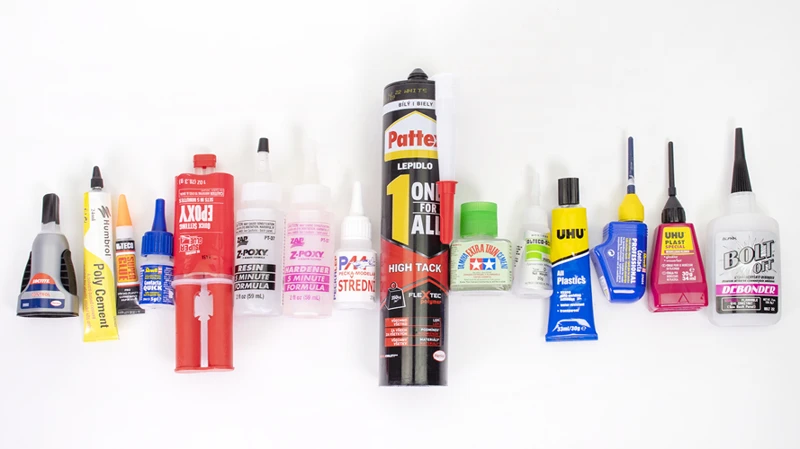When it comes to crafting and repairs, the challenge of gluing resin to plastic often arises. The process can be tricky, with the end result being a strong, durable bond or a frustrating failure. Understanding the intricacies of resin to plastic adhesion is essential for anyone looking to successfully join these two materials.
Understanding Resin to Plastic Adhesion
Before attempting to bond resin with plastic, it’s crucial to comprehend how these materials interact. Resin, a viscous substance that hardens upon curing, needs a compatible surface to adhere to. Plastic, with its smooth and sometimes non-porous surface, may not readily bond with resin without proper preparation.
Resin Adhesive Guide
Choosing the appropriate resin adhesive guide is key to achieving a solid bond. Various adhesives are designed specifically for resin to plastic adhesion, and selecting the right one depends on the types of plastic and resin you are working with.
Preparing the Surfaces for Bonding
Preparation is paramount in achieving a bond that will last. A well-prepped surface can make the difference between a successful project and one that falls apart.
Cleaning and Smoothing Plastic Surfaces
- Remove any dirt, grease, or oil from the plastic surface with a suitable cleaner.
- Sand the plastic lightly to create a rougher surface for better adhesion.
- Wipe away dust or particles after sanding with a clean cloth.
Pre-treating Resin for Enhanced Adhesion
Resin may require pre-treatment to ensure it bonds well with plastic. This can include:
- Applying a primer designed for resin to improve adhesion.
- Ensuring the resin is at the right temperature before use.
- Mixing the resin thoroughly according to manufacturer instructions.
Choosing the Best Glue for Resin and Plastic
With various adhesives available, selecting the best glue for resin is crucial. This choice will impact the strength and durability of the bond.
Evaluating Epoxy for Plastic
Epoxy is often hailed as a go-to adhesive for bonding resin with plastic. Its strong, durable nature makes it suitable for many applications, but it’s important to choose an epoxy that is compatible with the specific types of plastic you are using.
Comparing Different Plastic Resin Glue Types
Besides epoxy, other adhesives like super glue, polyurethane, and silicone-based glues can be used. Each has its advantages and disadvantages, which should be weighed against the needs of your project.
DIY Resin Plastic Bonding Techniques
Engaging in DIY resin plastic bonding can be fulfilling and cost-effective. With the right technique, you can create a strong bond that will hold up over time.
How to Use Resin on Plastic
Using resin on plastic involves a careful approach. Ensure that both surfaces are prepared, select the right adhesive, and apply it according to the manufacturer’s directions. Patience is key; don’t rush the curing process.
Step-by-Step Guide for Gluing Resin to Plastic
- Prepare both the resin and plastic surfaces as previously described.
- Apply the adhesive to the plastic surface, not the resin.
- Press the resin onto the plastic firmly, ensuring no gaps.
- Allow the bond to cure for the time specified by the adhesive’s manufacturer.
Plastic Resin Craft Techniques
When it comes to crafting, combining resin with plastic opens up a world of possibilities. From jewelry to home décor, the potential to create unique items is limitless.
Creating Art and Decorative Items
Resin plastic craft techniques allow for the creation of art and decorative items with depth and clarity. The versatility of resin makes it ideal for encapsulating objects, creating 3D effects, or even casting shapes.
Resin Plastic Craft Tips and Tricks
- Use molds to cast resin into specific shapes that can be adhered to plastic.
- Add colorants or other inclusions to the resin before it cures for a custom look.
- Experiment with layering resin and plastic to achieve unique designs.
Troubleshooting Common Issues
Even with careful preparation and execution, issues can arise when gluing resin to plastic. Knowing how to troubleshoot these problems is essential.
Dealing with Weak Bonds or Failures
Weak bonds or bond failures can occur if surfaces were not properly prepared, the wrong adhesive was used, or the curing process was interrupted. Reassess the materials and methods used to find a solution.
Preventing and Fixing Air Bubbles
Air bubbles can mar the appearance and integrity of resin projects. To prevent them, pour resin slowly and use a heat gun or toothpick to remove bubbles before the resin cures. If bubbles are present after curing, drilling out the bubble and refilling the void with more resin may be necessary.
Final Thoughts on Bonding Resin with Plastic
Bonding resin with plastic can lead to lasting creations if done correctly. By following the steps and advice provided, you can achieve a strong and aesthetically pleasing bond between these two versatile materials.
Maintenance and Care for Resin-Plastic Bonds
To ensure the longevity of your resin-plastic creations, proper maintenance and care are essential. Keep items out of direct sunlight to prevent yellowing and handle them with care to avoid chipping or breaking the bond.
When it comes to crafting and DIY projects, knowing how to properly adhere materials together can be crucial for the success of your creation. If you’re working with resin and plastic, understanding the intricacies of bonding these materials is essential. For guidance on this topic, you might want to explore our article on how to glue fabric to plastic, as the techniques may be similar. Additionally, if your project involves different materials, you might find our tutorials on how to glue fabric to rubber and how to glue rubber to wood helpful for expanding your adhesive knowledge and techniques.
Future Trends in Resin and Plastic Adhesives
Advancements in adhesive technology continue to evolve, promising even stronger and more versatile bonding solutions for resin and plastic in the future. Staying abreast of these developments can lead to more innovative projects and repairs.





